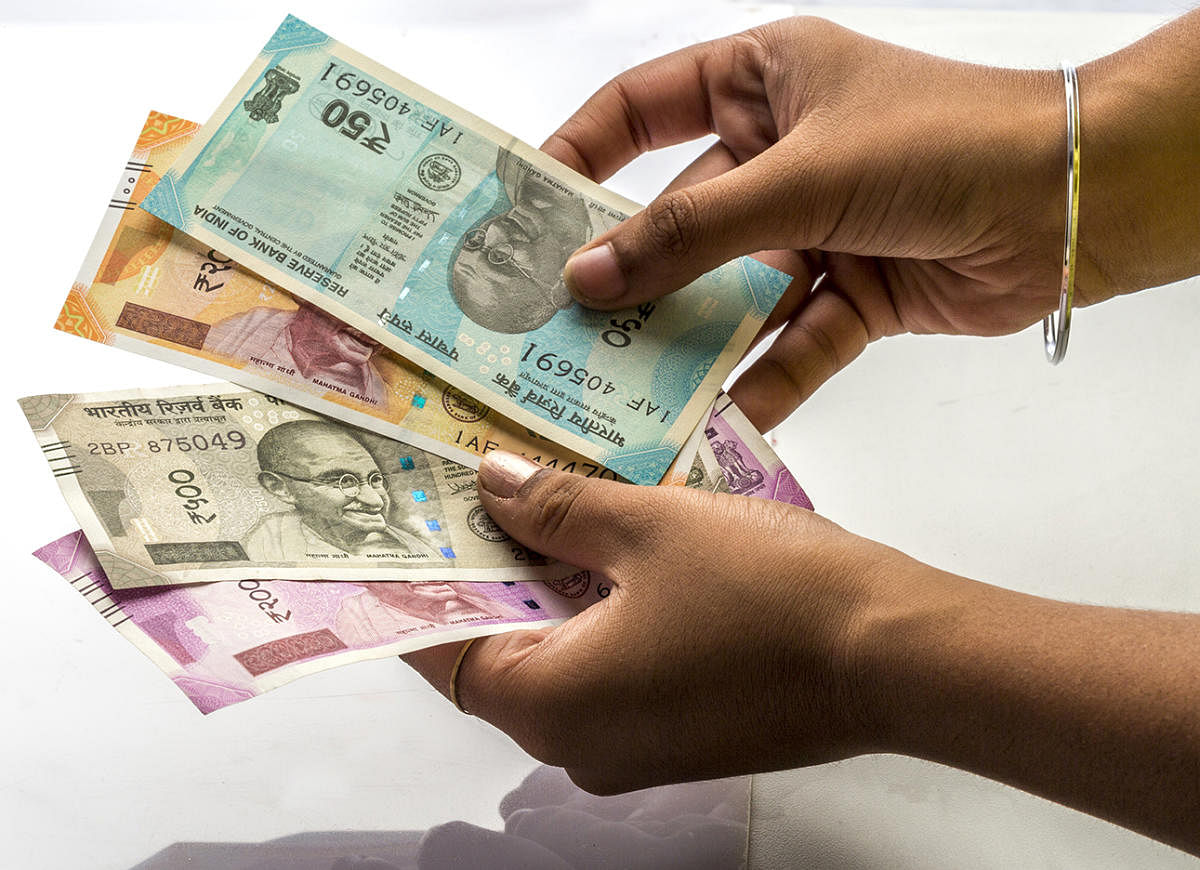
In little over two years after the demonetisation drive by Prime Minister Narendra Modi, cash in circulation has crossed the Rs 20-lakh crore mark for the first time.
According to data released by the Reserve Bank of India (RBI), the total cash in circulation, as of November 16, stood at Rs 20.15 lakh crore, up 1.14 times in less than two years since December 23, 2016 when cash in circulation depleted to Rs 9.4 lakh crore, owing to the withdrawal of high-value currency notes (Rs 500 and Rs 1,000 denomination).
The amount of cash in circulation is also 12.1% more than the amount of money circulated just before the demonetisation drive on November 8, 2016. According to data, the currency in circulation just before the note ban was Rs 17.97 lakh crore.
In the past one year, the central bank has pumped in currency worth Rs 3.56 lakh crore, RBI data reveals. Analysts suggest that a lot of push in it has come from the extra cash that RBI pumped in after the cash crunch earlier this year.
In a research note at the time of the cash crunch, public sector lender SBI had pegged the cash required by the public on March 31, 2018, at Rs 19.4 lakh crore, 10% more than Rs 17.5 lakh crore that was in the hands of the public.
On the other hand, the central bank, which was earlier disclosing the monthly data on digital transactions, has stopped doing so since February. As on February 2018, the monthly digital payments stood at Rs 115.5 lakh crore.
Interestingly, at that time when the RBI stopped publishing the monthly ‘Electronic Payment Systems - Representative Data’, digital payments were showing a slowdown in growth and even contracted at times. In February, digital transactions declined by 12.5% on a sequential basis.